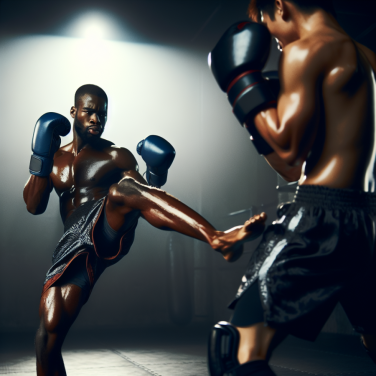Crashing into Excitement: The Techniques and Tactics of Derby Drivers
During a demolition derby, drivers meld strategy with raw driving prowess to outmaneuver and outlast their competition. While it might look like mere chaos to the uninitiated, veterans of the derby arena understand that success requires a blend of tactical thinking, skillful driving, and a touch of madness.
A fundamental technique employed by savvy derby drivers is protecting their own vehicle while inflicting maximum damage on their opponents. This often means using the rear end of the car to ram opponents. Since the front end houses the engine, steering, and other essential components, using the back of the car as a battering ram can preserve a driver’s own functional capacity for a longer duration of the derby.
Precision in maneuvering is another critical aspect. Expert drivers know how to navigate through the metallic mayhem, positioning their vehicles to avoid hard hits while locating the perfect opportunity to strike others. They are adept at quick turns and sudden stops to elude oncoming vehicles aiming for a collision. This ability to evade, not just attack, is a distinguishing factor between a rookie and a seasoned derby driver.
Another tactic involves targeting the weakest parts of the competition's vehicles. Many drivers will aim for the wheels or axles of their opponents, hoping to incapacitate their ability to move. Others may even time their hits to the tempo of the derby, waiting for the optimum moment when an opponent has already been weakened by previous impacts, making them easy prey for a finishing blow.
Equally important is what veterans of the track call "playing possum." This deceptive move involves a driver pretending to be out of the contest, with their car motionless, only to suddenly spring back into action when other drivers are lured into a false sense of security. This strategy can be a game-changer, particularly in the later stages of the derby when the number of active competitors dwindles.
Timing is also essential. Successful derby drivers know when to hold back and when to go on the offensive. It's not just about constant aggression; it's about being smart and picking the right moment to strike. This might mean lying low during the initial frenzy when cars are abundant and moving in for the kill as the field thins out.
In terms of upgrading their vehicles for the event, derby drivers reinforce their cars to withstand the inevitable onslaught of impacts. They might strip the interiors to reduce weight and weld on extra metal to key areas to increase durability.
Read also:
Harnessing the Wind: The Thrilling World of Kite Sports
The Art of Automotive Anarchy: Understanding Demolition Derby Culture
The Art of Automotive Anarchy: Understanding Demolition Derby Culture
Demolition derbies, a symphony of smashing steel and tire screeching, are much more than mere chaotic events. They are a cultural phenomenon that unites car enthusiasts in an adrenalized arena of destruction. This high-octane sport tears down the barriers between driver and spectator, creating a fervent community bound by the love of car carnage.
At the heart of demolition derby culture lies a deep respect for the mechanical beasts that drive the sport. The drivers willingly take on the challenge of transforming ordinary vehicles into fortified, albeit destined for destruction, derby cars. It's an art form that requires mechanical savvy, creative ingenuity, and a touch of madness. Drivers strip down cars to their essentials for maximum power and fortify them to endure brutal impacts. Welders and sledgehammers become the tools of trade, focusing on defensive additions like reinforced bumpers and door bars, and on strategic component placement to avoid engine damage.
Before cars even enter the arena, there's a sense of camaraderie among competitors. Parking lots fill with trailers and the air buzzes with the sound of impact wrenches and laughter. Participants often help each other prepare and offer advice, lending tools and parts, knowing that within the arena, it's every driver for themselves. This pre-demolition ritual fosters a unique community, one where the anticipation of destruction creates tight bonds.
Once the derby begins, the crowd becomes an integral part of the experience. Spectators cheer and grimace as metal collides, engines roar, and sparks fly. The roar of the audience often matches the roar of the engines, creating an electrifying atmosphere. Drivers feed off this energy, pushing their battered vehicles to the limit as they navigate through the chaos.
Despite the competitive nature of derbies, there's an unwritten code of conduct among drivers. Hits are typically directed towards the body of the vehicle, avoiding the driver's door to ensure the safety of competitors. The implicit understanding of these rules among derby drivers illustrates the underlying respect they have for one another's courage and shared passion for the sport.
As the event continues, the once resilient cars transform into unrecognizable heaps of twisted metal. Those who manage to keep their vehicles running are hailed by the crowd, win or lose. The vehicles may be destroyed in the process, but the stories they leave behind become legendary within the community.




